Garmin Venu 3 vs. Venu 2: Every key upgrade
The Venu 3 adds Sleep Coaching, more accurate tracking, Bluetooth calls, wheelchair activities, recovery recs, and more.
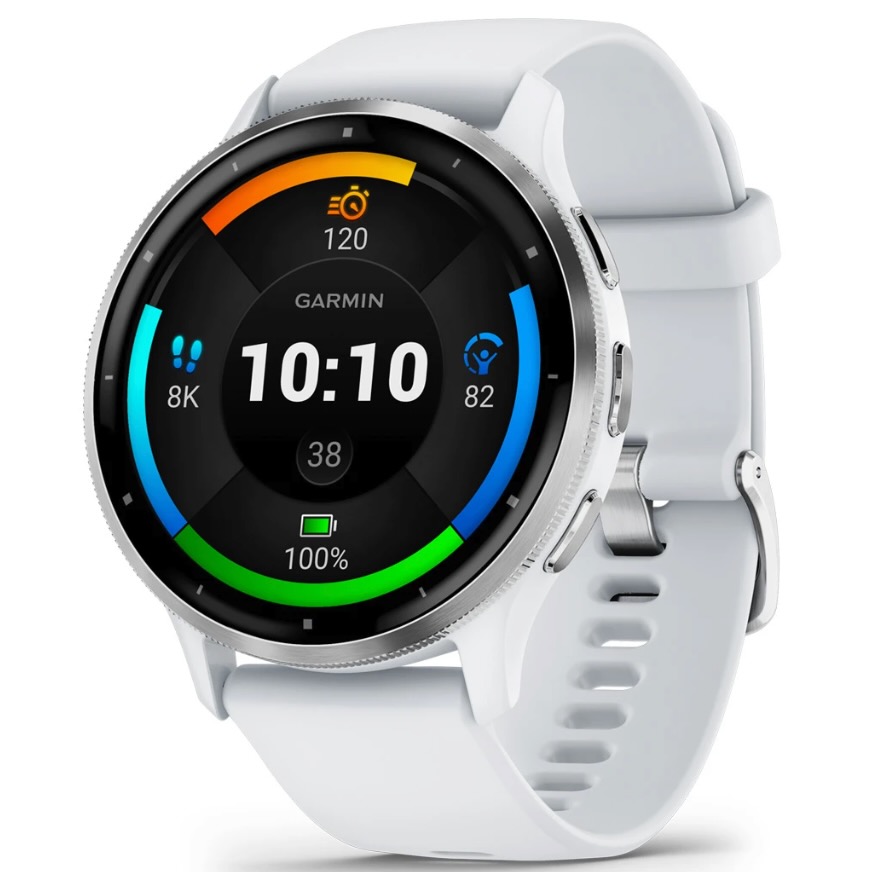
New dog
Keep your phone in your pocket as you answer phone calls or speak to Google Assistant or Siri on your wrist. The Venu 3 adds key upgrades like a new health sensor suite, wheelchair mode, days of extra battery, and recovery time while keeping a slim and attractive design.
Pros
- Adds mic/ speaker for Bluetooth calls, assistant
- All-Systems GNSS tracking
- Elevate v5 heart rate sensor
- Slightly larger displays
- Sleep Coaching and Recovery Time
Cons
- Pricier than ever
- Some missing features from other Garmin
- Venu 3S battery loses 4 days
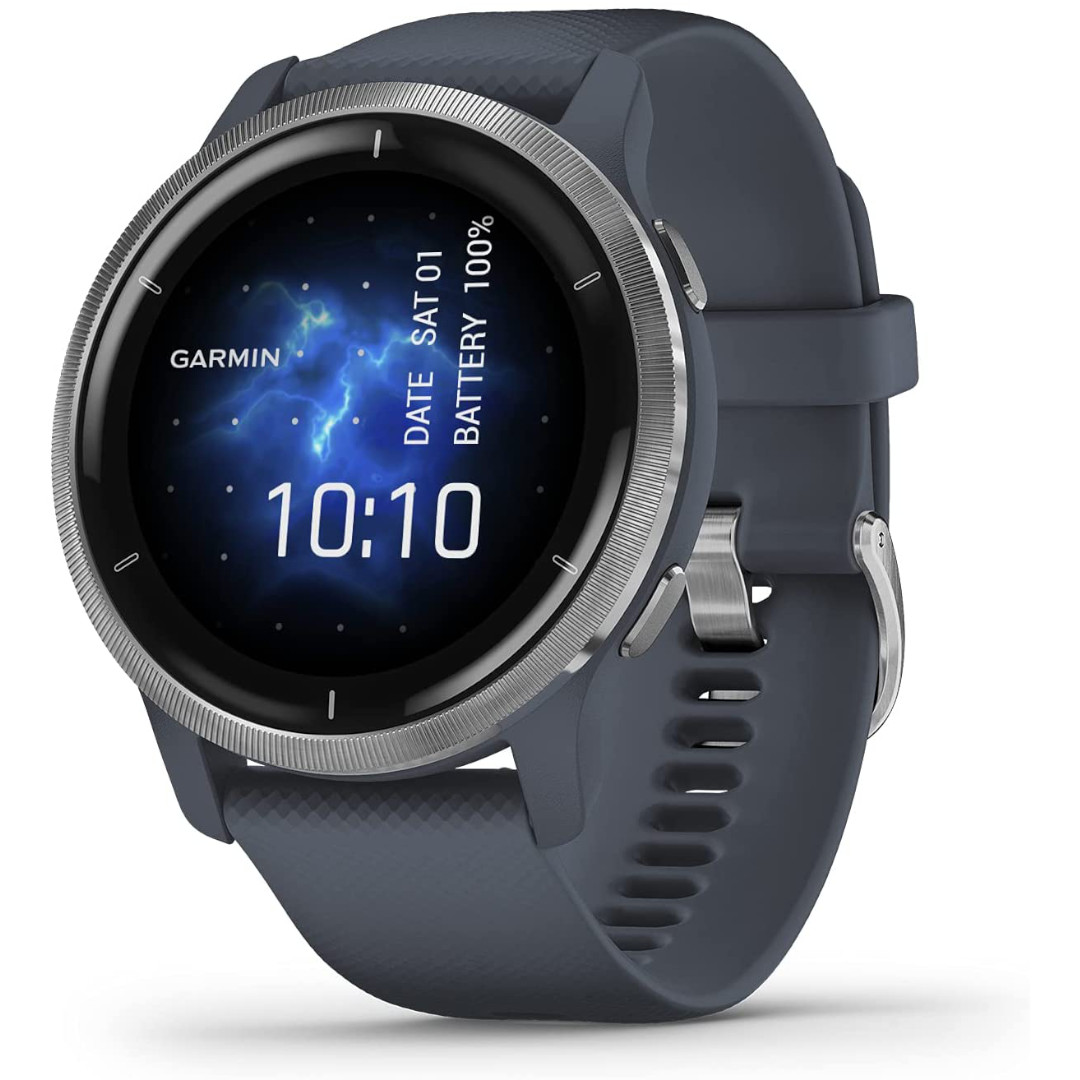
Old tricks
Even though the Garmin Venu 2 offered a significant step up over the original Venu, it's feeling its age at this point. It still looks gorgeous and has solid battery life, but its "mainstream" focus doesn't work quite as well without the latest Garmin software or mic/speaker combo.
Pros
- More affordably priced
- Vibrant display and battery life still impress
- Has most of the same sensors, sports modes
Cons
- No Sleep Coaching / nap detection / HRV status
- GPS-only tracking
- No mic or speaker
- Missing recovery time after workouts
Unlike the more rugged Instincts or specialized Forerunners, the Garmin Venu series targets mainstream fitness fans. It showcases Garmin's efforts to make a more classic smartwatch, offering new features before any other Garmin watch gets them. The Garmin Venu 3 is no exception, making some noteworthy upgrades over the 2021 Venu 2.
On many levels, the Garmin Venu 3 succeeds last year's Garmin Venu 2 Plus. Garmin adds the same mic and speaker for Bluetooth calling and smart assistant commands, and there is even a third button for shortcuts. Unfortunately, the Venu 3 has the Plus' lavish $450 price tag, but you get exclusive tools such as Sleep Coaching, post-workout recovery recommendations, and the new Garmin Elevate v5 heart rate sensor.
If you own the Venu 2 and are determining whether or not to upgrade — or are considering saving money with a discounted Venu 2 — we're here to help. First, we'll compare everything unchanged between the two watches. Then, we'll fully break down the Garmin Venu 3 vs. 2 specs and features to see if it's worth the switch.
Spec comparison
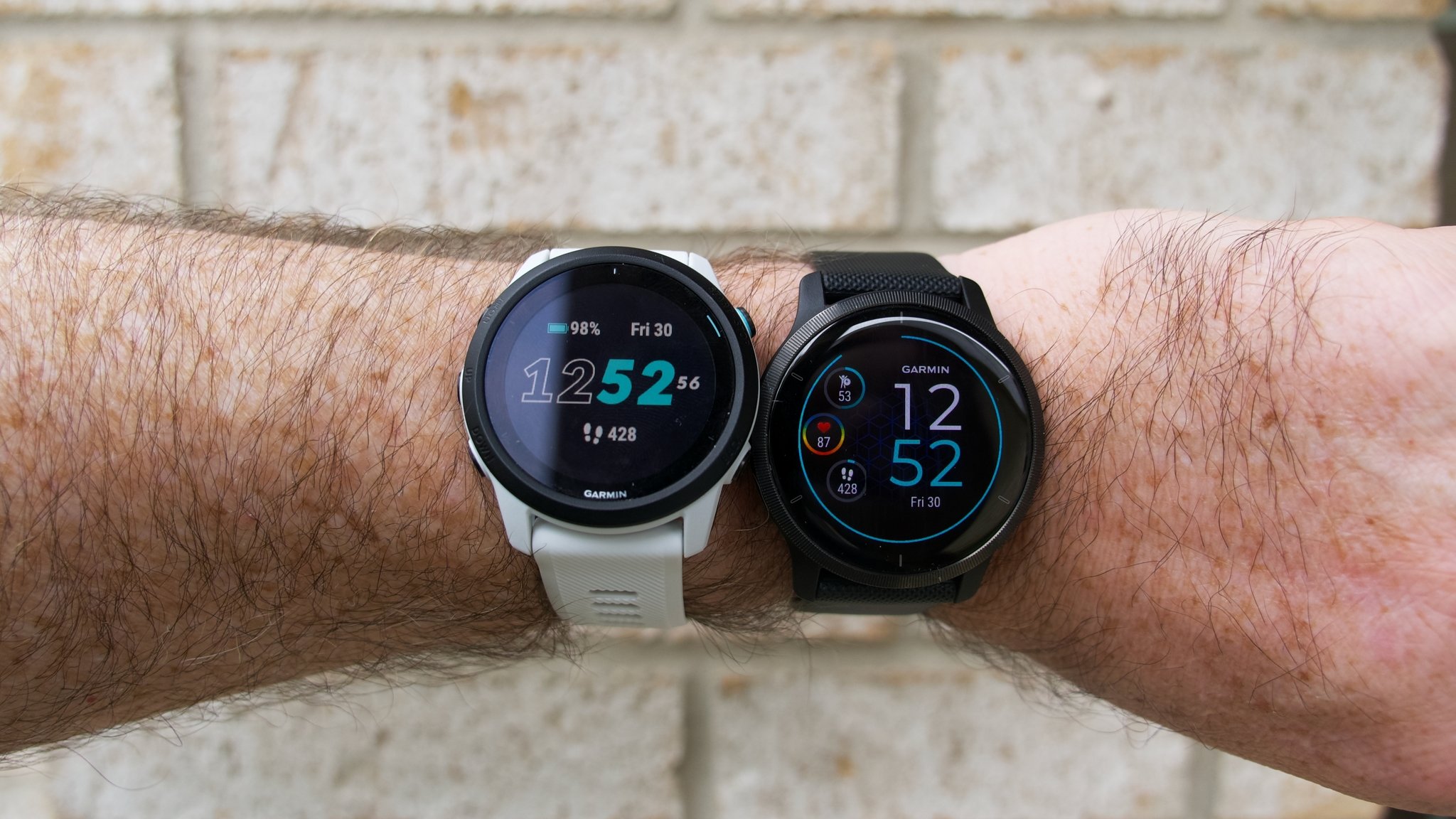
Garmin used a similar template to Venu 3 and Venu 2. These two watches share quite a few similarities, which we'll outline below:
| Category | Garmin Venu 3 | Garmin Venu 2 |
|---|---|---|
| Display | 1.4-inch (454x454) or 1.2-inch (390x390) AMOLED touchscreen | 1.3-inch (416x416) or 1.1-inch (360x360) AMOLED touchscreen |
| Materials | Stainless steel bezel, fiber-reinforced polymer case | Stainless steel bezel, fiber-reinforced polymer case |
| Protection | 5ATM, Gorilla Glass 3 | 5ATM, Gorilla Glass 3 |
| Dimensions | 45 x 45 x 12 mm or 41 x 41 x 12 mm | 45.4 x 45.4 x 12.2 mm or 40.4 x 40.4 x 12.1 mm |
| Weight | 47g or 40g | 49g or 38g |
| Watch strap | 22mm or 18mm, quick-release | 22mm or 18mm, quick-release |
| Sensors | Garmin Elevate v5, SpO2, altimeter, compass, accelerometer, gyroscope, thermometer, ambient light | Garmin Elevate v4, SpO2, altimeter, compass, accelerometer, gyroscope, thermometer, ambient light |
| GPS tracking | GPS-only or All-Systems GNSS | GPS only |
| Connectivity | Bluetooth, ANT+, Wi-Fi, NFC | Bluetooth, ANT+, Wi-Fi, NFC |
| Mic and speaker | ✔️ | 🚫 |
| Music storage | 8GB | 8GB |
Design: The Venu 3 and 2 come in two sizes and use the same materials: stainless steel for the bezel and reinforced plastic for the overall body. The 45mm Venus uses 22mm quick-release bands, while the 41mm Venus uses 18mm bands.
Although the Venu 3 vs. 2 measurements are slightly different—the Venu 3 is 2g lighter than the 2, while the Venu 3S is 2g weightier than the 2S—they're roughly the same size and will feel the same on your wrist. They also have the same water resistance and Gorilla Glass protection.
Connectivity: The Venu 3 and 2 use wireless syncing, facilitate data transfer using Wi-Fi, add contactless payment functionality, and are compatible with ANT+ accessories.
Get the latest news from Android Central, your trusted companion in the world of Android
Sensors: Although the Venu 3 has the newest-gen Elevate v5 optical heart rate sensor (more on that below), everything else remains the same. The Venu 2 has the Pulse Ox sensor for blood oxygen, an altimeter for elevation, a compass for navigation, ambient light for display adjustments, and an accelerometer/ gyroscope for measuring movement for step-counting and gym exercises.
Core health and training data: We'll discuss Venu 3's newest software tricks below. With the Venu 2, you get the usual Garmin software suite you know and love: Heart rate zones, intensity minutes, Body Battery, fitness age, Livetrack, animated on-screen workouts, and a Health Snapshot.
Music storage: Each Venu watch has 8GB of storage. In addition to anything you download from Connect IQ, you have plenty of space for your MP3 files or playlists from Spotify, Amazon Music, or Deezer.
Hardware and battery
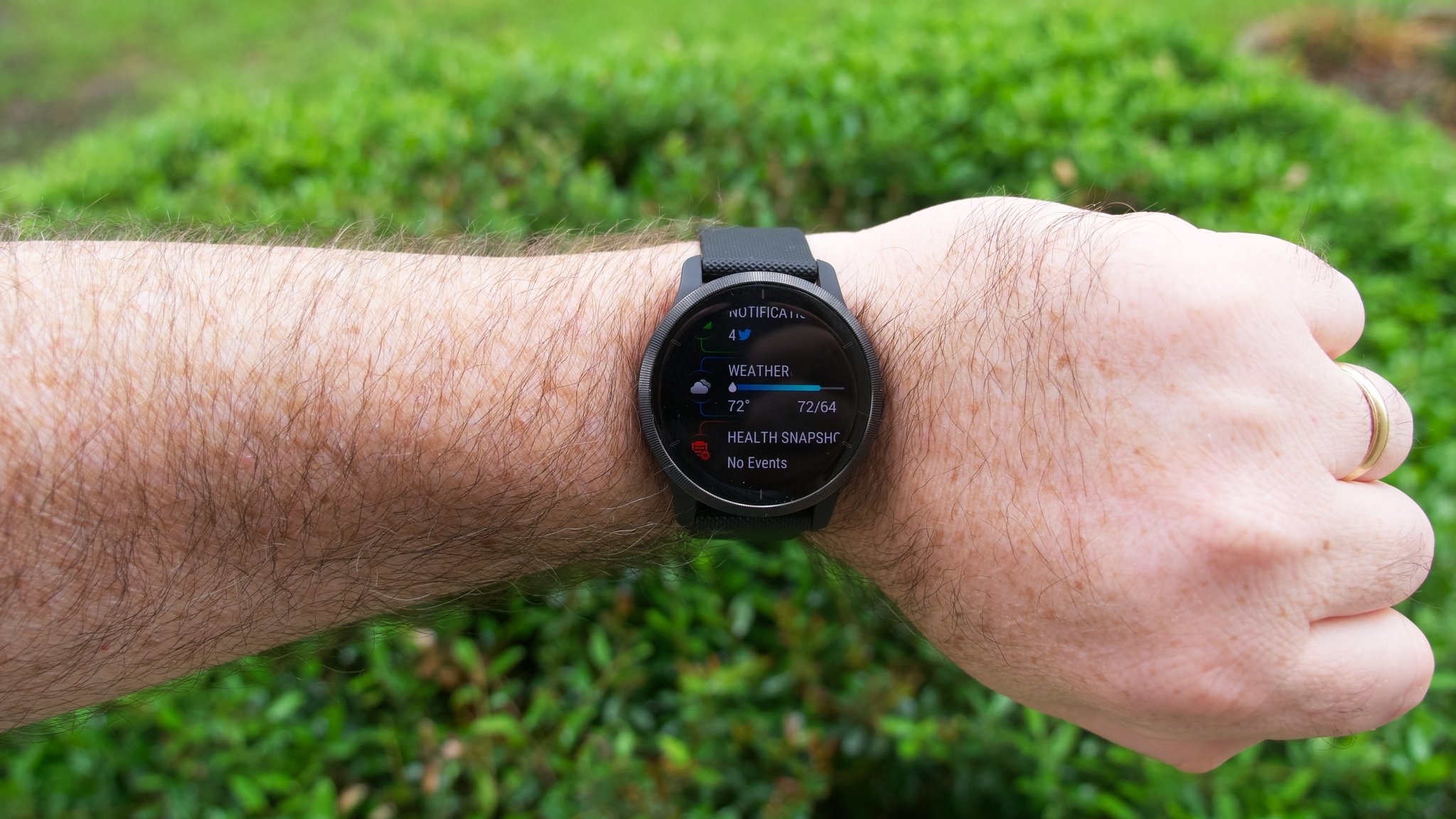
The most apparent Garmin Venu 3 upgrade is its display. Both sizes give you an extra 0.1 inches of display space from 1.1 and 1.3 to 1.2 and 1.4. Garmin shrunk the Venu 2's noticeable display border, giving the Venu 3 more visual space without significantly altering the size.
Notably, despite incorporating a microphone and speaker, Garmin reduced the thickness of Venu 3 compared to Venu 2. The 1.3-inch Garmin Venu 2 Plus is 0.6mm thicker and weighs 4g more than the 1.4-inch Venu 3.
Garmin kept the sound quality of the Venu 3 the same as its predecessor, the Venu 2. The default mid-range volume is pretty quiet in a muted room. If you turn up the volume, you can hear ambient noise in peaceful surroundings but not in the middle of a noisy crowd unless you hold the watch to your ear.
With the Venu 2 Plus, our reviewer found that his voice "came through clearly to my call recipients on the other side" but was less satisfied with the speaker, calling it a bit "tinny" and hard to hear except in a silent room. We're hopeful the speaker gets a minor boost with the Venu 3; even if it's the same quality, a tinny speaker is better than none.
The mic's other benefit is that it lets you command your phone's primary smart assistant: Google Assistant, Bixby, or Siri. Considering that plenty of Wear OS watches no longer have Google Assistant, it's nice that you can access it on a Garmin watch.
As for the speaker, it enables audio prompts during guided workouts like intervals, so you can continue with your workout without looking at your watch.
| Battery mode | Garmin Venu 3 / 3S | Garmin Venu 2 / 2S |
|---|---|---|
| Smartwatch mode | 14 days / 10 days | 11 days / 10 days |
| Always-on display | 5 days / 5 days | 2 days / 2 days |
| Battery Saver mode | 26 days / 20 days | 12 days / 11 days |
| GPS-only | 26 hours / 21 hours | 22 hours / 19 hours |
| All-Systems GNSS | 20 hours / 15 hours | 🚫 |
| GPS with music | 13 hours / 10 hours | 8 hours / 7 hours |
| All-Systems GNSS with music | 11 hours / 8 hours | 🚫 |
The Garmin Venu 2 supports GPS, GLONASS, and GALILEO separately. With the Garmin Venu 3, you can activate All-Systems mode to better pinpoint your location in areas where one satellite signal might be disrupted.
Another substantial hardware difference is that the Garmin Venu 3 delivers a mighty battery life boost. The Venu 2 had trustworthy battery life for its time, but it could barely support an always-on display, the battery saver mode barely lived up to the name, and using GPS with music would burn through the battery way too fast.
The Venu 3 does much better in these areas, and its All-Systems mode lasts nearly as long as the Venu 2 in GPS-only mode. As for the Venu 3S, it's not that much better than the 2S except for the AOD or Battery Saver modes, showing the same 10-day maximum for standard use.
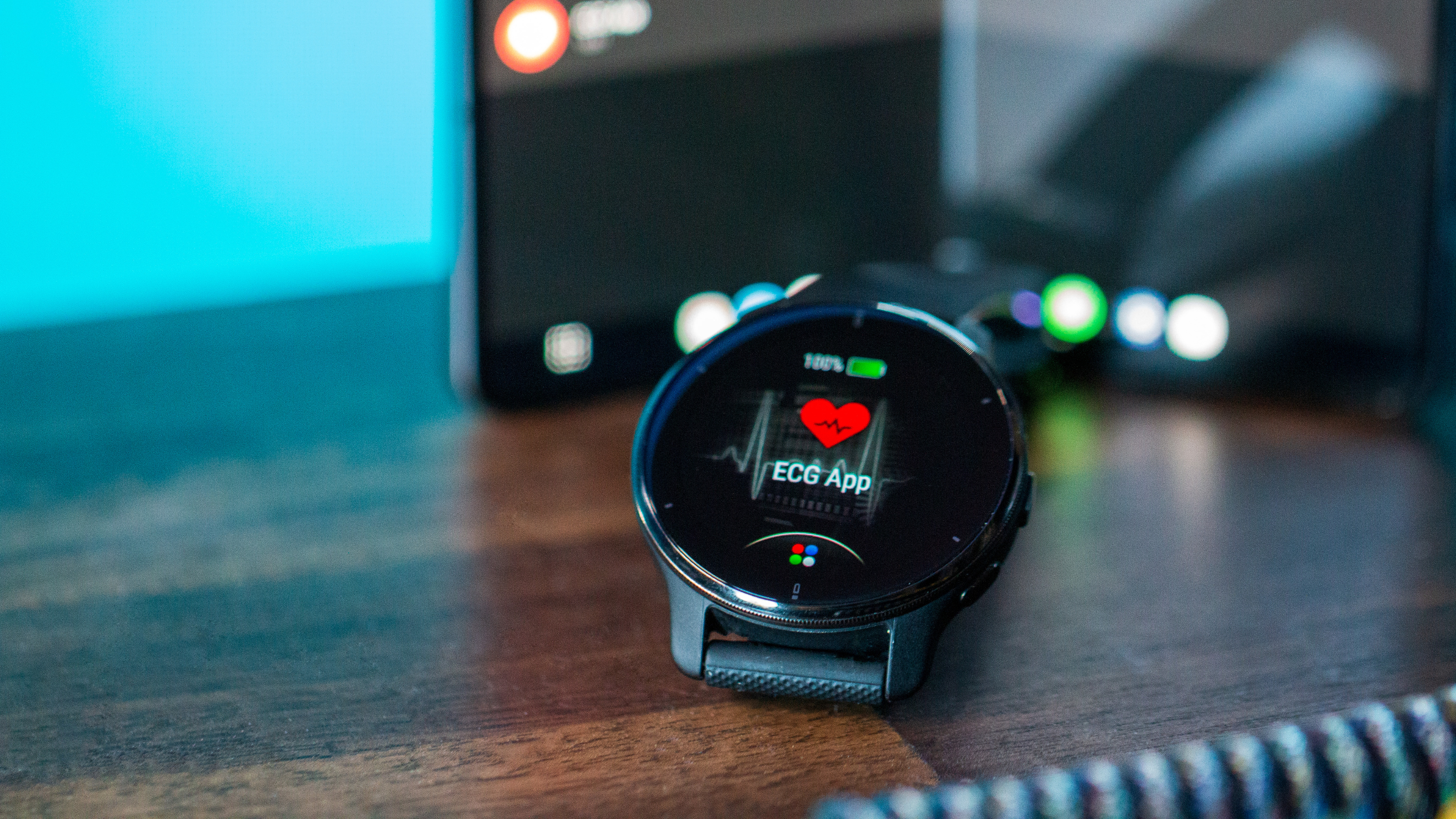
The last significant difference between the Venu 3 and the Venu 2 is the new Elevate v5 optical heart rate sensor. Garmin hasn't advertised what makes this new sensor better, but we know it has more LEDs, which should make it take more accurate readings.
Thanks to DC Rainmaker, we also know that the Venu 3 can take ECG readings, just like the Venu 2 Plus, and has FDA clearance. He also claims that the Elevate v5 sensor can take skin temperature readings; Gadgets & Wearables corroborated this by finding Garmin Connect screenshots of a new skin temperature widget.
In theory, the Garmin Venu 3 will support two new health metrics that the Venu 2 can't. But even if the Elevate v5 supports these features, we can't guarantee Garmin will activate them on the Venu 3; sometimes, hidden hardware limitations preclude technically possible features from working on specific models.
As a final side note, even though both the Venu 3 and Venu 2 have Pulse Ox tracking, only the Venu 3 will support Jet Lag Adviser, helping guide you on how well you've recovered after traveling the world and adjusting your fitness data accordingly.
Software
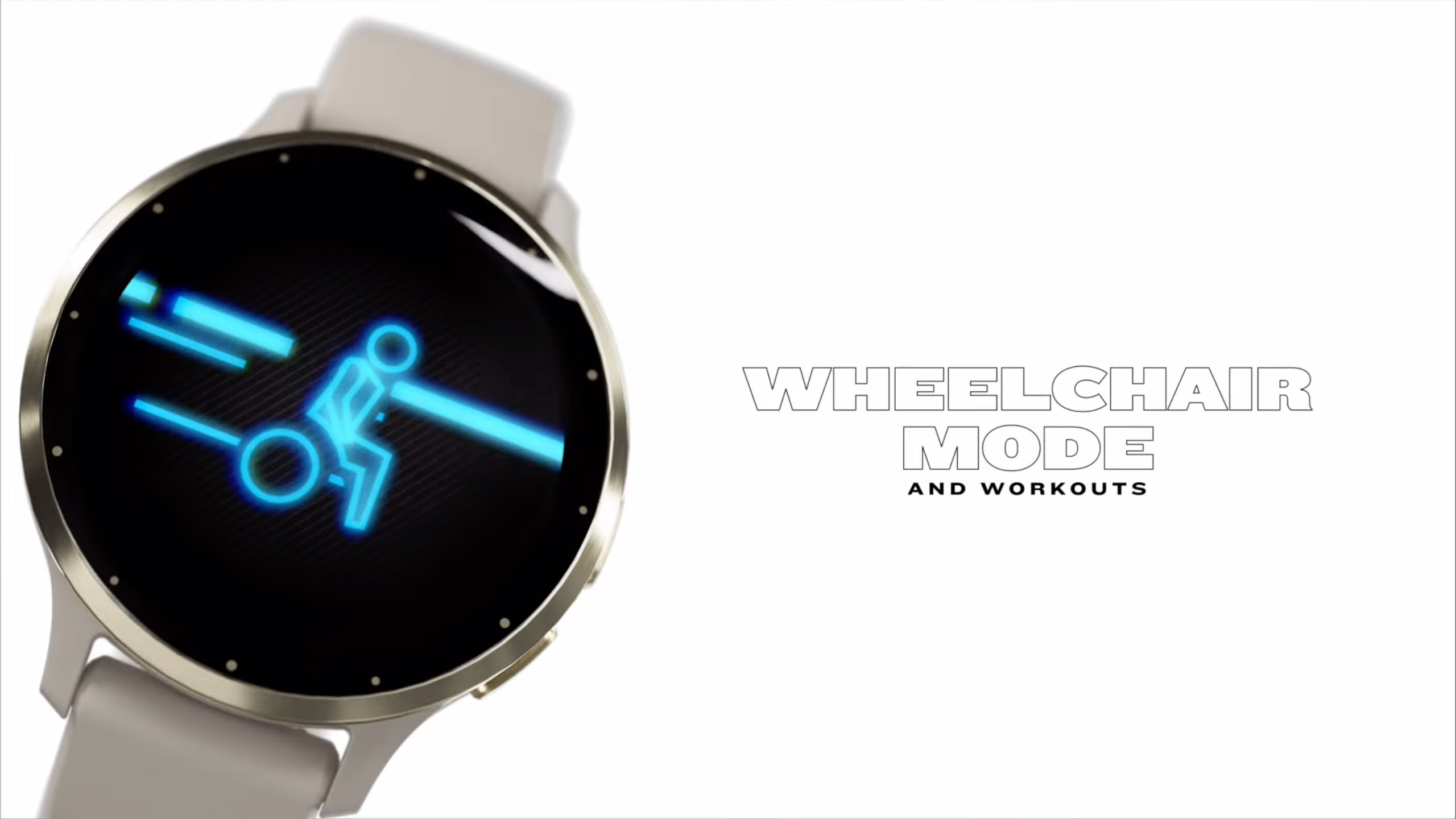
You may have already heard that the Venu 3 will support Sleep Coaching and nap tracking for the first time. After a night's sleep, you'll receive a Morning Report judging the quality of your sleep based on your age, daily and longer-term activity levels, recent sleep history, naps taken, and heart rate variability (HRV).
Generally speaking, it suggests sleeping between 7 and 9 hours. You can try to make up for lost sleep by napping in the middle of the day; the Garmin Venu 3 will track your midday sleep period and take that into account for your Body Battery and sleep coaching.
Speaking of Body Battery, the Garmin Venu 3 will analyze your workouts and advise a recovery time after completing them based on your current fitness level (VO2 Max) and tiredness. To help guide these suggestions, you'll be able to judge the "rate of perceived exertion," which means you'll tap one of five emoji faces to rate how you feel, from strong to injured.
Some other little but important new features are guided meditations, the ability to construct interval workouts on your watch, and the option to switch to a bigger, more readable font size.
We're especially delighted that the Garmin Venu 3 has wheelchair workouts: It tracks pushes instead of steps and reminds you to shift your weight rather than get up and stretch. It'll use a different metric to judge your effort since "upper body exercise typically produces greater physiological strain than lower body exercise at similar workloads," which "can result in earlier fatigue onset during exercise."
You also get 7 new sports modes: Snowshoeing, Tennis, Padel, Pickleball, eBiking, Handcycling, and Indoor Handcycling. The Garmin Venu 3 doesn't have as many sports modes as other Garmin watches, but the list is slowly growing, at least.
While these are the significant distinctions, we poured over the Garmin Venu 3 and 2 spec sheets and discovered other upgrades you may care about. Here are the remaining Garmin Venu 3 exclusive software tools we discovered:
- On-device Connect IQ store
- Support for the Garmin GameOn app
- Support for power meters, eBikes, and Smart Trainer Control
- Interval training: Open repeats, an interval data page, a rest screen, and auto-detection
- New open-water swim metrics and Auto-Rest detection during pool swimming mode
Should you upgrade?
Upgrading to the Garmin Venu 3 gives you All-Systems GNSS, much better battery life (especially with AOD active), Sleep Coaching, a mic and speaker for Bluetooth calls, a third programmable button for pulling up your favored widgets, a larger AMOLED display, recovery recommendations, and wheelchair exercises — plus the ECG and skin temperature readings.
Venu 2 owners have a real reason to feel tempted by the Venu 3, and anyone considering saving $50–$100 on the Venu 2 instead of the Venu 3 should think carefully about missing out on all these new tools.
If you own the Garmin Venu 2 Plus, our current pick for the best fitness smartwatch, it's a much more difficult decision since you must have bought it recently. After all, you already have the mic, speaker, ECG readings, and third button. Even though it has a less impressive nine-day battery life, spending another $450 on the Venu 3 for diminishing returns may not be advisable. The oddity is if you need a specific upgrade like power meter compatibility or wheelchair mode.
Yet, we're pretty happy with everything the Garmin Venu 3 offers. We expected it to have training load, Training Readiness, suggested workouts, multisport mode, dual-frequency GPS, and other tools on comparable $450 Garmin watches like the Forerunner 265 or Instinct 2X Solar. But this is still a big step in the right direction to keep the Venu series relevant.

New dog
Choose the Garmin Venu 3 for its beautifully large display in a thin, lightweight package, mic/speaker, and more accurate tracking. Skip it if you're satisfied with your Venu 2 Plus or prefer a thicker Garmin watch with more fitness-focused tricks.

Old tricks
Stick with (or buy) the Garmin Venu 2 if you're uninterested in sleep tracking and want an attractive Garmin tracker with all the essentials. Otherwise, move on from Venu 2 and closely examine Venu 3 for all of the reasons outlined above.

Michael is Android Central's resident expert on wearables and fitness. Before joining Android Central, he freelanced for years at Techradar, Wareable, Windows Central, and Digital Trends. Channeling his love of running, he established himself as an expert on fitness watches, testing and reviewing models from Garmin, Fitbit, Samsung, Apple, COROS, Polar, Amazfit, Suunto, and more.
You must confirm your public display name before commenting
Please logout and then login again, you will then be prompted to enter your display name.
